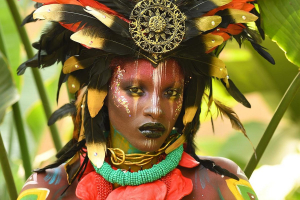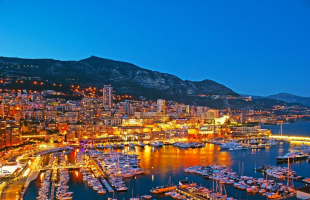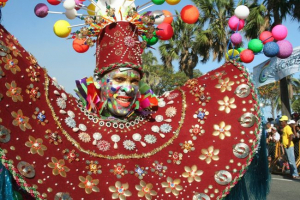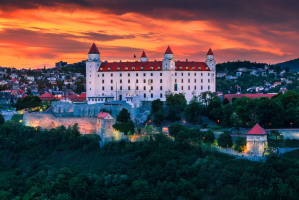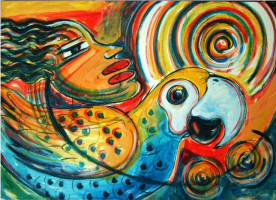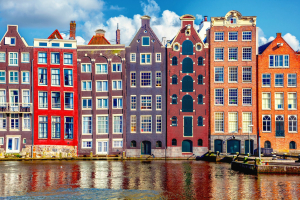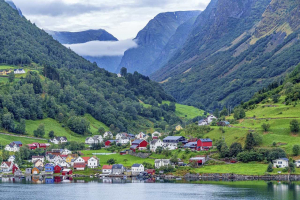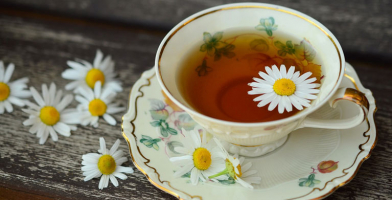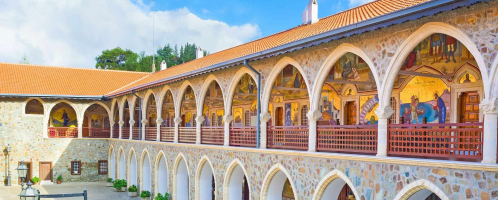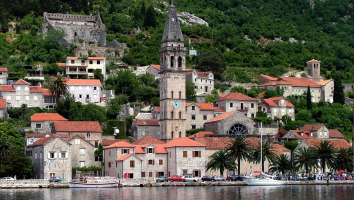Top 9 Estonia Culture, Customs and Etiquette
Estonians tend to be reserved when you first meet them, but if you are lucky enough to be invited to a local home, you will see their warm and generous side. ... read more...Unused to loud displays of emotion, they are scandalized by the boorish behavior of foreign stag parties, although they enjoy social drinking. A ten percent tip is sufficient in restaurants to reward good service; otherwise, just round up the bill. Here is a list of Estonia's Culture, Customs, and Etiquette.
-
Estonians are friendly, warm, and outgoing people by nature. However, these aspects of their personalities are not easily displayed to strangers. In fact, until they get to know someone well, Estonians can come across as slightly aloof and reserved. The cultural respect for personal space also maintains a half-meter distance between people in conversation. Handshakes are common between friends, but a slight nod of acknowledgement is also used in both formal and informal greetings. Furthermore, a slight side-to-side wave of the hand is an acceptable greeting from a distance.
When speaking to close friends and family members, an Estonian uses the informal second-person pronoun sina (you) or its shortened form, sa. Typical greetings start with Tere/Tervist (Hello) or a salutation that is related to the time of day, such as Tere Hommikust (Good morning), Tere päevast (Good afternoon), or Tere õhtust (Good evening). This is followed by a question about one’s health or well-being such as, Kuidas läheb? (How are you?). The informal response to this question is, Hästi. Ja sinul? (Fine. And you?).
When meeting someone in a casual situation, an Estonian may ask, Mis on sinu nimi? (What is your name?) to which the other person replies, Minu nimi on ___ (My name is ___). If the person speaking only gives his or her first name, a natural question following this statement might be, Mis sinu perekonnanimi on? (What is your surname?). After the conversation is over and it is time for friends to go their separate ways, they may say, Head aega, Hüvasti, Nägemist, or Jumalaga (all meaning "Goodbye").Because Estonians value showing respect for others, a seated Estonian will stand before greeting someone. A firm handshake with direct eye contact and a verbal salutation is the standard form of greeting. Despite the fact that women are treated equally and their rights are protected by anti-discrimination legislation, many Estonian women still wait for men to initiate the handshake in this patriarchal society.
Age and life experience are highly esteemed in Estonia, with the result that younger people are expected to initiate greetings with older ones. Titles are another important way to show respect and include Arst/Doktor (Doctor), Professor (Professor), and Tegevdirektor (Managing Director), followed by the person's surname. The honorifics Härra (Sir), Prova (Madam), and Preili (Miss) may replace the title or be used in front of it. Estonians continue to use titles, honorifics, and surnames until invited change to first names, usually by the elderly or senior person.
Formal greetings mirror informal greetings when offering a standard “Hello” or salutation referring to the time of day and even when asking after a person’s health or well-being. However, in direct address, the formality of the language emerges. Instead of using the informal version of "you" (see above), Estonians use teie (you) or its shortened version, te when speaking to people they don't know well or those of higher social standing.
https://en-ingles.com.ar/ -
Estonians do not attach that much importance to giving gifts. Gifts are given occasionally, but not at the first meeting or on a routine basis. When people do receive gifts, they’re generally unwrapped immediately, except in the case of children, who often open their presents in private. When an Estonian is invited to a meal, he or she always brings a small gift for the host or hostess. Flowers, fine chocolates, sweets, and wine are all popular and well-received gifts. When presenting flowers, etiquette dictates that the guest present them in odd numbers. The following day, a thank-you call or note to the hostess is customary.
Although Estonians' birthday traditions vary, most people give gifts to friends and family members on their birthdays. One common birthday tradition for children is for parents to stack unwrapped gifts on a table the night before the big day. The birthday cake is frequently placed on the table as well. When the child wakes up, he or she instinctively runs to the living room or wherever the table is set up to see what he or she has received. However, the child is usually not allowed to touch the enticing toys and other treats until his or her parents are present. Women frequently receive flowers or other gifts on their birthdays that the donor knows they will enjoy.
Flowers are commonly given for almost any occasion in Estonia. For example, at the end of the school year, students frequently give each other lilies of the valley as a congratulations for how hard they worked during the term and to wish them luck on the upcoming summer exams. Flowers are not only given to women, but bouquets are also given to men in Estonia. While flowers can convey romantic feelings in some cases, this is not always the case when a man gives flowers to a woman in Estonia, as it is in many other countries. Flower vendors can be found everywhere and are open all year, especially in Tallinn, the country's capital. After being purchased, bouquets are often wrapped in an opaque material.
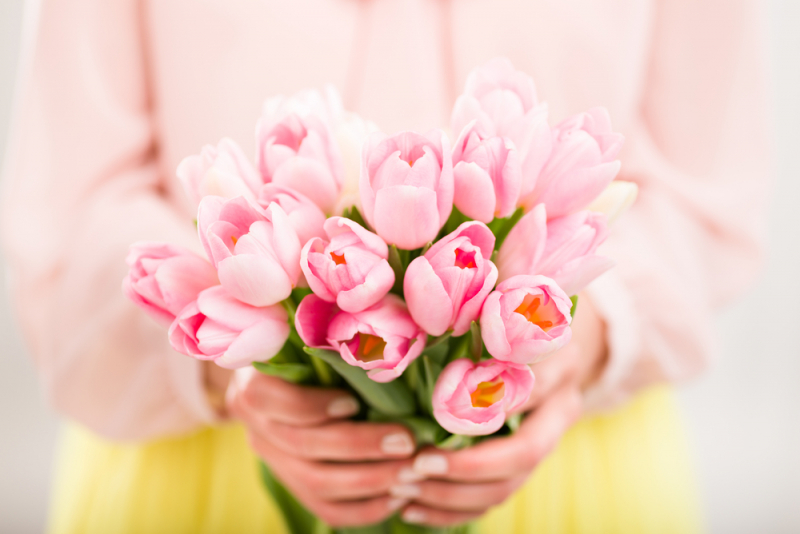
https://www.globalroadwarrior.com/ 
https://www.pearlsonly.com/ -
Estonians eat with utensils, with the fork in the left hand and the knife in the right, in the Continental style. In Estonia, it is considered impolite to rest one's elbows on the table, and it is considered good manners to finish everything on one's plate. If bread is dropped on the floor, it is not thrown away; it is picked up, kissed to show the diner's respect and gratitude, and eaten.
In Estonia, formal dining manners are relatively strict and socially conservative. Formal meals require semi-formal or conservatively cut attire. Estonian homes are considered very private, and guests are rarely invited to tour them or explore beyond the dining and reception areas. Guests frequently bring small thank-you gifts for their hosts, such as wine, sweets, and flowers—but never white flowers, which are traditionally used in funerary arrangements in Estonia
.
Estonians wait to be seated by their host, who says Head isu, which allows everyone to begin eating (Good appetite). Another Estonian saying, Jätku leiba (May your bread last), refers to the ubiquitous black bread that is eaten with nearly every meal. Evening meals in Estonia almost always include vodka for diners of legal drinking age. Fruit juice is another popular beverage. As a guest in Estonia, it is polite to offer to assist the host or hostess with meal preparation and cleanup, but these offers are almost always declined, unless you are with close friends or family.
Although business meetings in Estonia are sometimes concluded over lunch or dinner, business is rarely discussed directly over food. Restaurants have proliferated in Estonia in recent decades, especially in Tallinn, the capital city. While Estonian chefs and restaurateurs are known for their fusion cuisines, traditional Estonian peasant fare can also be found. Tipping is optional in Estonian restaurants, but a 10% gratuity is customary.
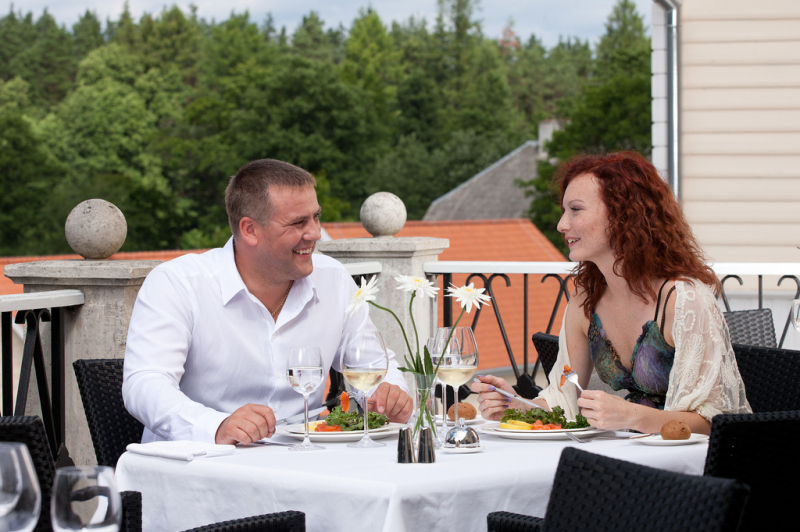
https://www.globalroadwarrior.com/ 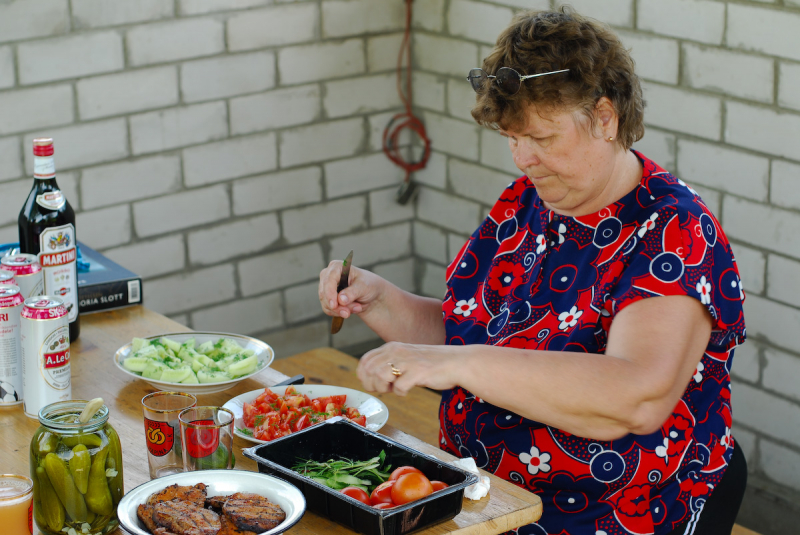
https://www.candacesmithetiquette.com/ -
Estonians are generally reserved, and the best way to turn me off is to 1) invade their personal space, or 2) be extremely insistent and 3) intense. This means that, unless you know someone very well and they are all familiar with your quirks and so on, you should hold yourself back a little, watch and learn, and see what is acceptable in some group or another. There are groups where swearing is acceptable and groups where it is not; groups where dead baby jokes are acceptable and groups where they are not; it all depends on the group, just like anywhere else in the world, but the most important thing is personal space.
If you’re on the bus and you see empty seats, try not to sit next to anyone if possible. It is weird to do so when you have the possibility of sitting by yourself and minding your own business. Personal space also applies to personal beliefs. Do not discuss religion or politics unless the topic has been picked up by someone local or you know that the group you’re in is comfortable with discussing this.
Personal space is also important in telemarketing. If you are not a friend or relative, or if you have no legitimate reason for calling, you are "begging." You are interfering with someone's day, and they will answer you politely but will probably say something sour about it once the call is over. Your product would sell itself if it was any good. The fact that you have to go around bothering people is proof enough that something is wrong with it.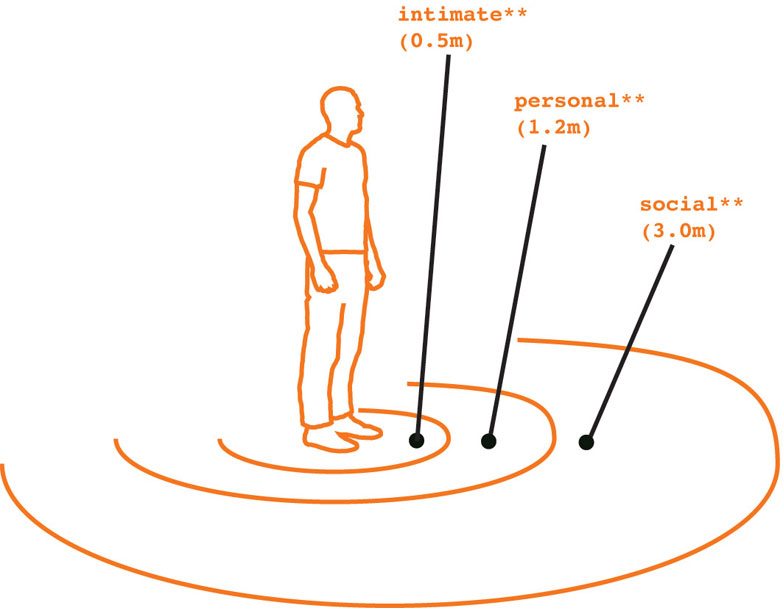
https://designobserver.com/ -
Traditional weddings are two-or three-day affairs with games and copious amounts of food and drink. Birthdays are always celebrated in grand style, as are christenings and confirmations. Christmas is still the most important holiday. Despite Soviet opposition, Christmas trees and traditional foods were decorated and served. New Year's Eve is included in the Christmas season. A sauna session before midnight cleanses the body and spirit for the new year.
The old folk calendar included many days that influenced farming decisions. On Shrove Tuesday, people still go sledding to make flax plants grow taller. On Saint John's Eve (23 June), nearly all Estonians go to the countryside to celebrate midsummer with large bonfires. Saint Martin's Day (10 November) and Saint Catherine's Day (25 November) are celebrated with children dressing up. A member of an Estonian folk music group performing near Tallinn. In costumes and going door to door to perform for treats.
State holidays with official governmental celebrations include Independence Day (24 February), Victory Day (23 June), and Independence Restoration Day (20 August).
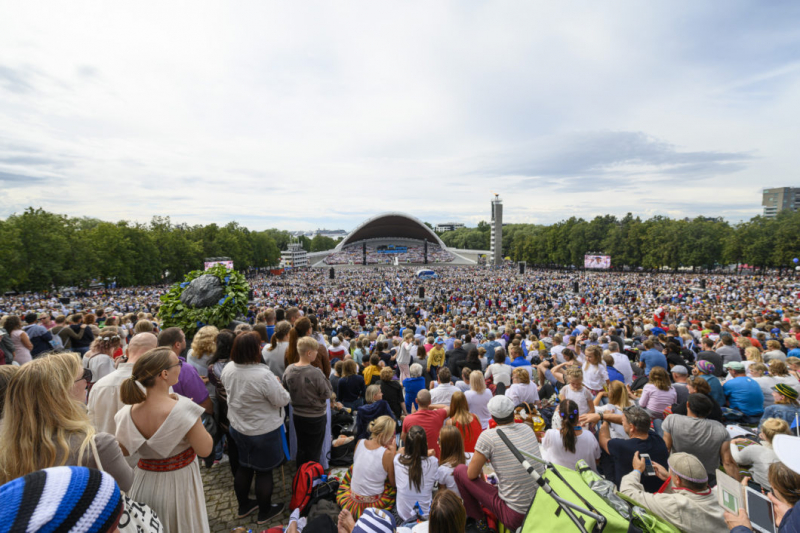
https://estonianworld.com/ 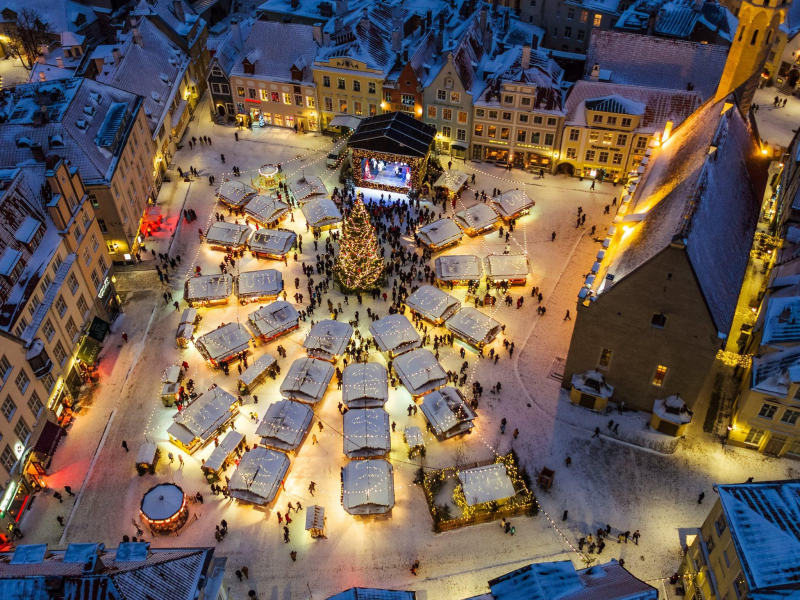
https://estonianworld.com/ -
If you ask an Estonian about their country, they will most likely mention the Song and Dance Festival. Probably because the song and dance festival is more than just a big summer event that happens every five years; it is a way of being that helps us better understand ourselves and embodies all of the important values that we hold dear as a nation—love for your country, language, culture, and customs.
Since 1869, when the first Song Festival was held in Tartu under the leadership of Johann Voldemar Jannsen, the Song Festival has grown steadily and in step with the times. The first song festival featured only male choirs and wind orchestras, with a total of 1,000 performers. Mixed, children's, women's, and boys' choirs, hobby symphonies, and toddler choirs were added over time. The party was relocated to Tallinn, where the first dance party was held in 1934. Since 1947, most song and dance festivals have been held concurrently.
The song and dance festival in 2019 had 44 times the number of participants as the first song festival in Tartu, and the audience interest was so high that tickets sold out both at the dance festival and, for the first time in history, at the song festival, which drew 100,000 people. At the same time, such widespread interest in the song festival demonstrates that the UNESCO World Heritage-listed tradition is alive and well, regardless of age or social status.
The special feeling of the song and dance festival is also sought between the parties, and smaller regional song and dance festivals are held for this purpose. Thus, the song and dance festival has become a sail, which has helped the Estonian people to move towards common goals through very different times. On the other hand, a song and dance festival is often an anchor that unites, brings Estonians around the world together, and connects them with their homeland.
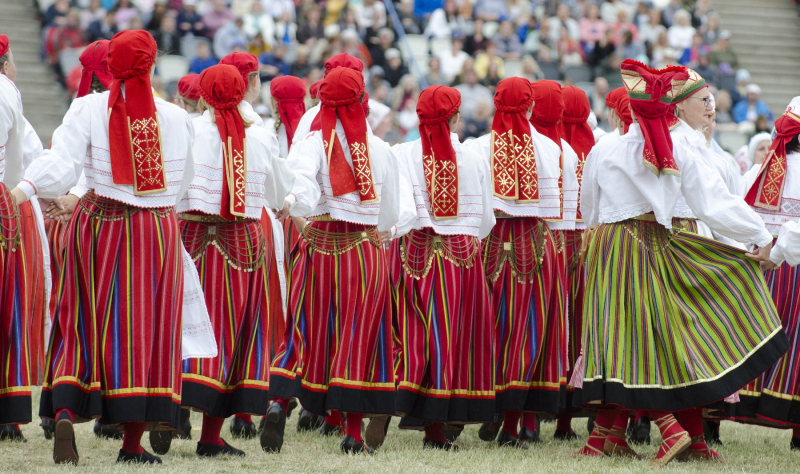
https://www.inyourpocket.com/ 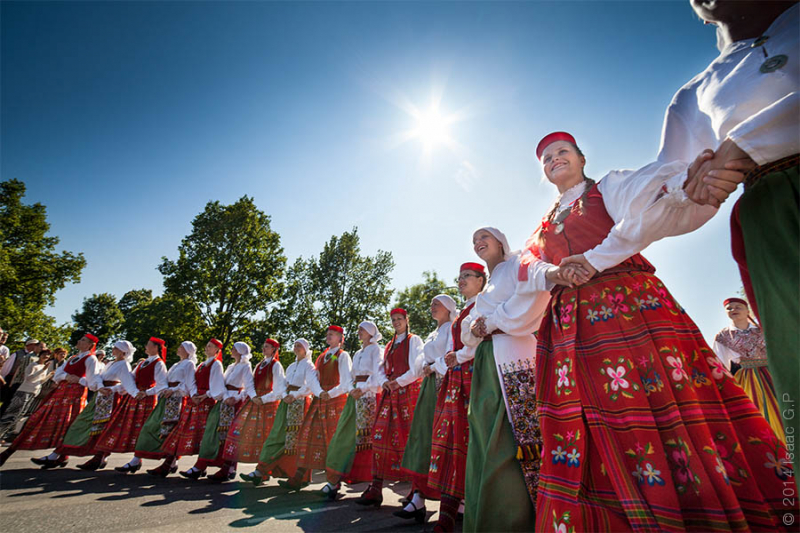
https://www.isaacgp.com/ -
Even though Estonia was under Soviet rule for a long time, it was able to maintain its own traditions. Estonia has made enormous progress over the years, becoming a very modern and technologically advanced country. However, the country never abandoned its cultural heritage, which is still practiced successfully throughout the country. Crafts are important to the locals and are highly valued as an expression of Estonian identity. Various types of crafts (for example, textiles) have grown in popularity and now represent Estonian cultural heritage.
You may believe that authentic Estonian handicraft examples are not available in Europe, but you are mistaken. Nowadays, Estonian museums are filled with examples of past handicrafts that are now classified as folk art. People value their heritage and try to decipher the connections between people and artifacts, which are difficult to grasp.
Locals used to make beautiful clothes, work tools, textiles, and other useful items for both entertainment and daily use. Hand knit sweaters, hats, and gloves are a specialty of Estonia. Estonian folk art traditions date back to ancient times when people made their own clothes, tools, footwear, utensils, and toys. Craftspeople in Estonia were already well-known for their abilities at the time. Cardigans, woolen sweaters, mittens, and socks were knitted in intricate patterns, with each country having its own distinct pattern. Striped, multicolored skirt fabrics were made from yarn dyed with herbs, while blouses were made from linen and hand embroidered. Silver is used in traditional jewelry. Even today, many Estonians enjoy knitting and prefer hand-made crafts.
Unfortunately, there is a trend today of losing national cultural heritage as a result of globalization pressures. Efforts have already been made to preserve and develop traditional Estonian crafts. To save the traditions, one must be truthful and follow well-functioning instructions. Instead of simply learning craft skills, the individual must also learn the canons of taste and gain some secret wisdom.
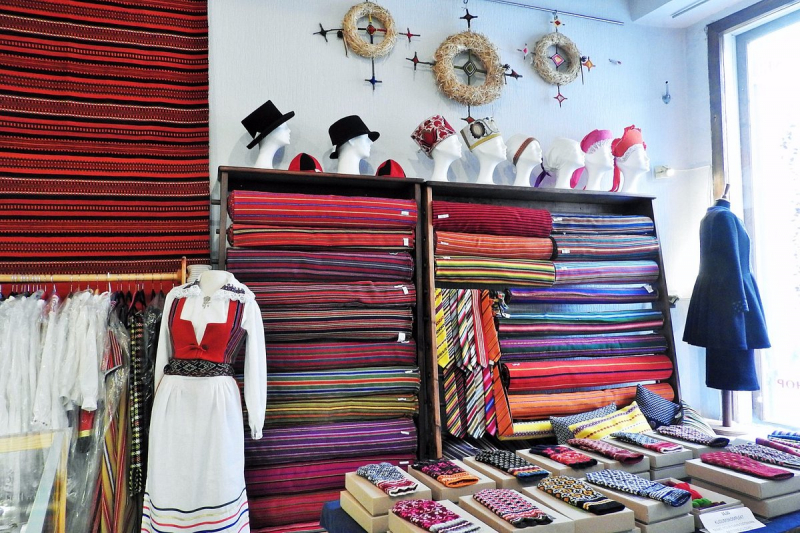
https://www.tripadvisor.co.uk/ 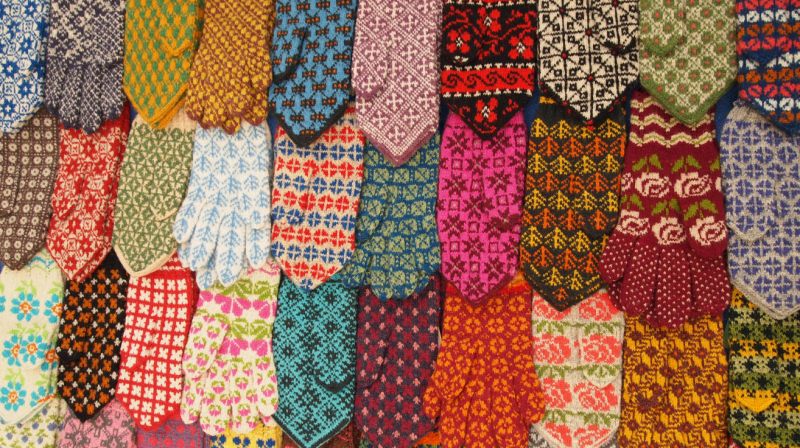
https://www.michelangelofoundation.org/ -
Since Estonia's independence in 1991, greater numbers of tourists are visiting Tallinn and Pärnu. Tipping has become a more common practice in restaurants, bars, and hotels, though it is not considered obligatory. If the service in an Estonian restaurant was anywhere from good to great, then 10 percent of the bill is an appropriate tip. If the service was poor, do not tip. Some restaurants in tourist areas may add a service charge to the bill. Inspect your tab carefully before tipping. Remember, waitstaff and bartenders do not necessarily expect tips. Estonia joined the European Union in 2004, and has adopted the euro (€) as its national currency. Tips are accepted in the euro.
Tipping in Estonia is highly voluntary. Under no circumstances can anybody demand you to leave a tip. Also Estonians are pretty casual about tipping, but here are some basic unwritten rules and manners about tipping:
- As mentioned, tipping is voluntary. If you do not like the service, you do not have to tip.
- However, 10% of the bill is polite and in many places expected for a satisfactory or good service.
- If you are really happy with the service received, leave more, just as you please
- Tip is never included in the bill (it is not allowed to do so)
In general, you can feel quite free about tipping and do it as your conscience tells you, as there are no set rules. But remember that it is always nice to show some appreciation if someone has served you really well.

https://www.nytimes.com/ 
https://pocketpassport.com/ -
St. John's Day is a holiday celebrated on June 24 in Estonia . The night before June 24, is called Midsummer's Day, and the night between them is called Midsummer's Eve. It is celebrated in Estonia, Latvia, and the Nordic countries with Midsummer lights. The name of St. John's Day comes from the church calendar; the birthday of John the Baptist is celebrated in the church on this day.
Midsummer's Saturday and Midsummer's Day have been public holidays in Estonia since 1934. Since 2012 , Victory Day is celebrated in Estonia on Midsummer's Saturday , which celebrates the victory of Estonian troops in the Battle of Võnnu on June 23, 1919, over the Landeswehr in the War of Independence. At the proposal of President Lennart Meri, the Victory Day parades will be held alternately in all Estonian cities.
Midsummer's Day is an ancient holiday in the folk calendar. Midsummer's Eve and Midsummer's Eve are widely celebrated in Estonia with midsummer lights, which have a magical cleansing effect and a symbolic connection with the solstice and the height of the sun. On this occasion, it is customary to organize both public parties and celebrate the holiday with friends and acquaintances with smaller bonfire evenings or barbecues in the home garden or in nature. Even today, St. John's Day is one of the most important holidays of the year for Estonians, which is also celebrated more often than others when abroad.
https://www.youtube.com/ 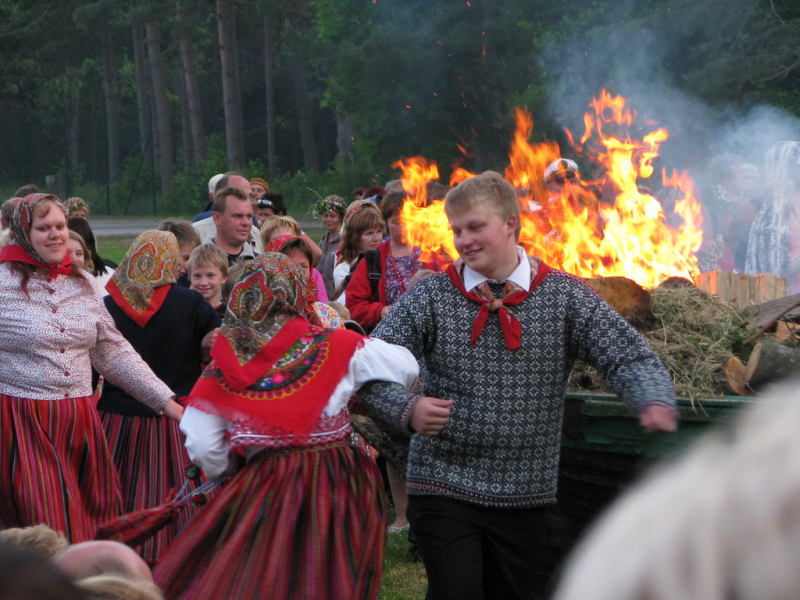
https://www.flickr.com/











